5 curiosities about Venice you might not know
Why is Venice called Serenissima?
Venice is nicknamed Serenissima as this has been its official title over the centuries when it was a powerful Maritime Republic. Its full name used to be: Serenissima Repubblica di Venezia.
But why Serenissima? The origin of the name is unclear, but there are at least two hypotheses. According to the first one, the name refers to the serene atmosphere and wealth that characterized Venice at that time, thanks to the increasingly flourishing and expanding trade.
The second hypothesis is instead linked to the Doge. Although the Doge was the highest office in the Republic, his responsibilities were limited to war matters and management of the merchant fleet. All the other duties were assigned to the designated body of the Maggior Consiglio. The Doge was therefore nicknamed “Serenissimo” by the citizens, as he was free from most of the duties, hence serene.
The symbol of Venice: the winged lion
One of the main curiosities about Venice is related to the popular Lion of St. Mark. The winged lion of St. Mark is the symbol not only of Venice, but of the entire Veneto region. Legend has it that, in the 9th century, two Venetian merchants brought St. Mark’s relics from Alexandria in Egypt to Venice.
Tradition also has it that, depending on how it is represented, the lion provides information about the period in which it was created. Although there are no real historical foundations, a very specific symbolism is linked to the Gospel of St. Mark, on which the lion rests its paw, depending on if it’s open or closed.
The open gospel suggests that the lion was drawn, painted or sculpted in a period of peace for the Serenissima. On the contrary, if it is closed, it means that the Republic was at war.
The red columns of the Doge’s Palace
Walking under the upper loggia of the Doge’s Palace you will notice that all the columns are white except for two adjacent ones that are pink. This is one of the curiosities about Venice that most impresses those who visit the city, as it is related to one of the city’s main points of touristic interest.
As legend has it, the Doge took his place right between these two columns when he issued death sentences. The color would therefore evoke that of blood.
The ferro di prua of the gondolas
The apparently bizarre shape of the gondola’s traditional iron component (in Venetian dolfin or fero da próva) has a very specific meaning: the “S” shape represents the Grand Canal, the six forward facing teeth are the six districts of Venice, while the one at the back represents the Giudecca. The upper part represents the Doge’s hat, while the arch above the highest tooth of the comb represents the Rialto Bridge.
In some recently built gondolas there are three additional features that represent the most important islands of the lagoon: Murano, Burano and Torcello.
24-hour clocks
In Venice you will notice more than a few examples of clocks with a dial divided into 24 hours instead of 12. The most famous is probably the one on the clock tower in Piazza San Marco.
The reason for this unusual division dates back to sundials, the “ancestors” of clocks as we know them today. At the end of the 14th century these were replaced by clocks whose dials first had the same division of the previous tools. Only later was it realized that this type of representation was too unclear and the division by 12 was adopted with the distinction between AM and PM, as we know it today.



